Stacking is not just for pancakes and books. In the world of pickleball, it has a whole new meaning and strategy behind it. If you’re a pickleball player looking to up your game and leave your opponents dazed and confused, then you need to know all about stacking. What exactly is stacking in pickleball, you may wonder? Well, buckle up and get ready to dive into the thrilling world of this game-changing technique. Whether you’re a novice or a seasoned player, understanding stacking can take your pickleball skills to new heights. So, with this article you can take a closer look at what stacking is all about and why it is a must-know strategy.
What Is Stacking in Pickleball? Pickleball Stacking Rules
Pickleball stacking is a strategy used in the game of pickleball to maximize the effectiveness of a team’s lineup. It involves arranging players in a specific order during doubles matches, with one player from each team playing on the same side of the court at all times. This creates a rotational pattern where each player takes turns serving and receiving.
This can be especially effective when one player on a team is significantly stronger than the other.Pickleball stacking follows specific rules and guidelines set by the USA Pickleball Association (USAPA). These rules state that in doubles matches, the first server must always start on the right side of the court, and the second server must start on the left side. This rotation continues throughout the match, with each player moving one spot to their right after every turn serving.
However, there are some exceptions to this rule. If a team wins a point while serving from the even side of the court (right side), they must switch sides for the next point. This allows both players to have equal opportunities to serve from the odd and even sides of the court.
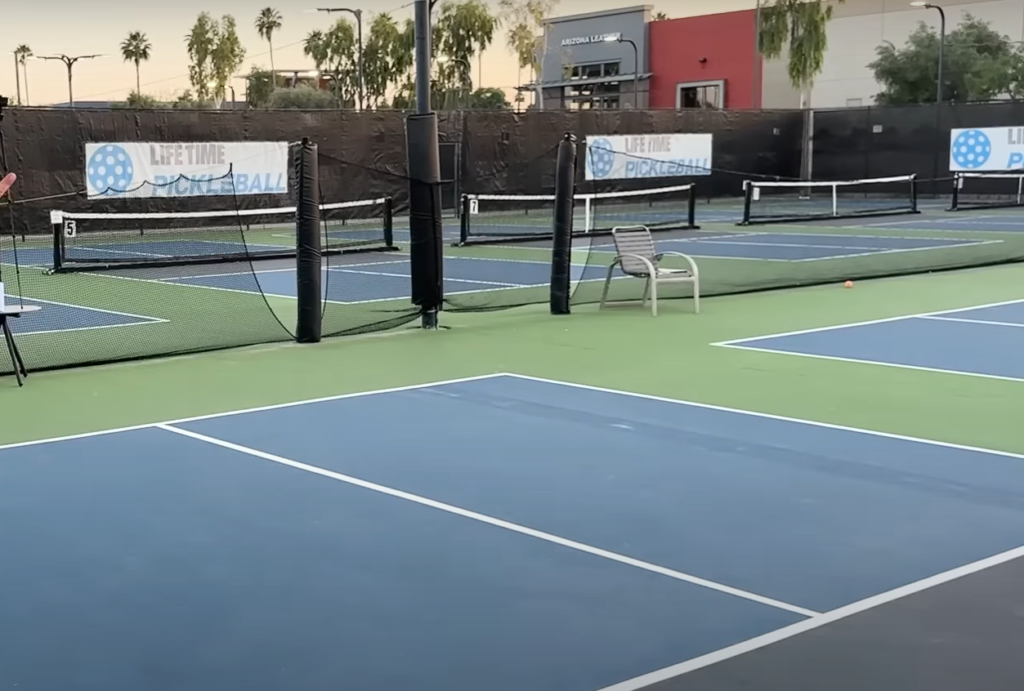
Another exception is when a team calls a timeout. In this case, after the timeout, both teams must switch sides regardless of who was serving last. This ensures that both teams have an equal chance to play on each side of the court throughout the match.
Pickleball stacking can be an effective strategy, but it also requires good communication and coordination between teammates. Players must be aware of their position in the stacking order and be ready to adjust accordingly. It’s also essential for players to know their own strengths and weaknesses and communicate with their partner about where they feel most comfortable playing on the court.
Overall, pickleball stacking adds an extra layer of strategy and excitement to doubles matches. It allows players to use their skills strategically and can lead to more competitive and evenly-matched games. As with any strategy, it’s important for players to know the rules and guidelines set by the USAPA and practice with their partner to perfect their stacking technique [1].
Why Stacking in Pickleball? What Are Its Advantages?
Pickleball is a fast-growing sport that has gained immense popularity in recent years. One of the main reasons for this rise in popularity is its simplicity and adaptability, making it suitable for players of all ages and skill levels.
One specific technique that has been gaining traction among pickleball players is stacking. This strategy involves positioning oneself at an angle on the court to gain a strategic advantage over the opponent. Here are the main advantages of stacking in pickleball.
Increased Court Coverage
One of the main advantages of stacking is the significantly increased court coverage it offers. By strategically positioning oneself at an angle to the opponent, players are able to effectively cover a larger area on the court, optimizing their defensive and offensive capabilities. This tactical approach allows them to swiftly anticipate and reach shots that would otherwise be seemingly out of reach. In the fast-paced sport of pickleball, where quick reflexes, agility, and precise positioning are crucial, the ability to maximize court coverage can truly make all the difference in a competitive match. By employing stacking techniques, players gain a competitive edge by expanding their reach and enhancing their overall court presence.
Improved Shot Selection
One additional benefit of stacking is the improved shot selection it offers. By strategically positioning themselves at an angle, players gain a wider range of options for shot placement compared to traditional positioning. This expanded repertoire allows them to execute shots that not only catch their opponents off guard but also significantly enhance their chances of winning a point.
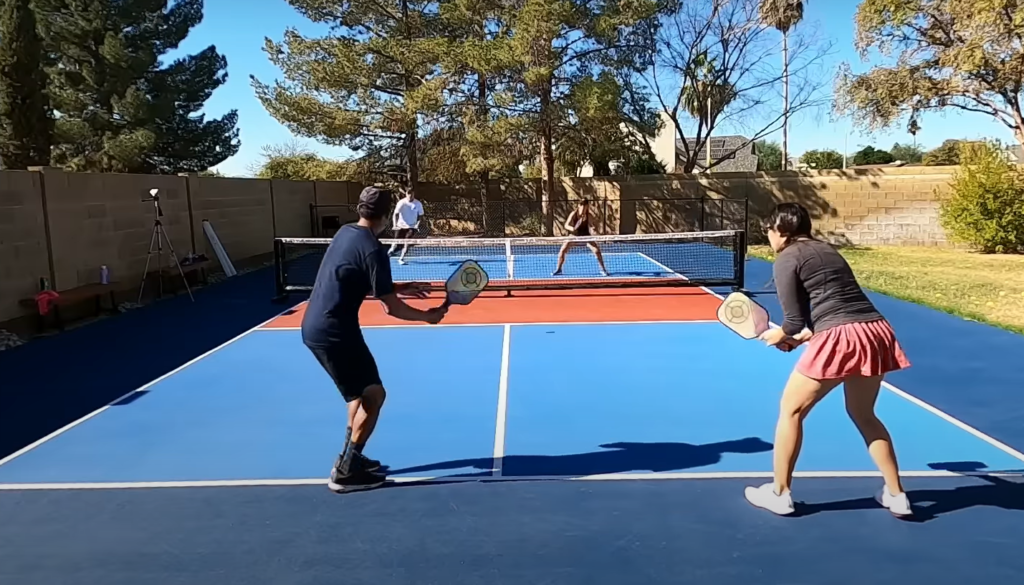
With the element of surprise on their side, players can tactically strategize and execute shots that can potentially turn the tide of the game in their favor.
Strategic Advantage
Stacking also provides players with a strategic advantage over their opponents. By positioning themselves at an angle that maximizes court coverage, players not only force their opponents to hit shots from less optimal positions, but they also create additional opportunities to exploit weak spots in their opponent’s game. This makes it more difficult for the opponents to effectively return the ball, increasing the likelihood of errors and providing the stacking player with even greater control of the game. By dictating the pace and rhythm of play, the stacking player can further exploit their opponent’s vulnerabilities and increase their chances of securing victory.
Confusing Opponents
Stacking can also be employed as a strategic maneuver to bewilder opponents. By incessantly altering their positions on the court, players create a perplexing scenario where it becomes arduous for their adversaries to anticipate their next move or predict where they will direct the ball. This additional element of surprise not only disrupts the opponent’s game but also endows the players with a competitive advantage in the match. With each calculated shift, the players further intensify the complexity of the game, keeping their opponents on their toes and amplifying the thrill and excitement of the sport.
Adaptability
Another advantage of stacking is its adaptability. Unlike traditional positioning, which often relies on players having specific skill sets or playing styles, stacking can be used by players of all types and skill levels. Whether you’re a seasoned veteran or a beginner just starting out, the flexibility of stacking allows you to adjust your strategy based on the situation at hand and the opponents you’re facing. By utilizing this versatile approach, you can effectively respond to different challenges and maximize your chances of success on the field.
How to Stack in Pickelball: The Ultimate Guide
Traditional Positioning in Pickleball
Stacking is a technique that involves positioning yourself on the court in such a way that allows you to cover more of the court and respond effectively to your opponent’s shots. It is commonly used in doubles pickleball, where two players play on each side of the court.
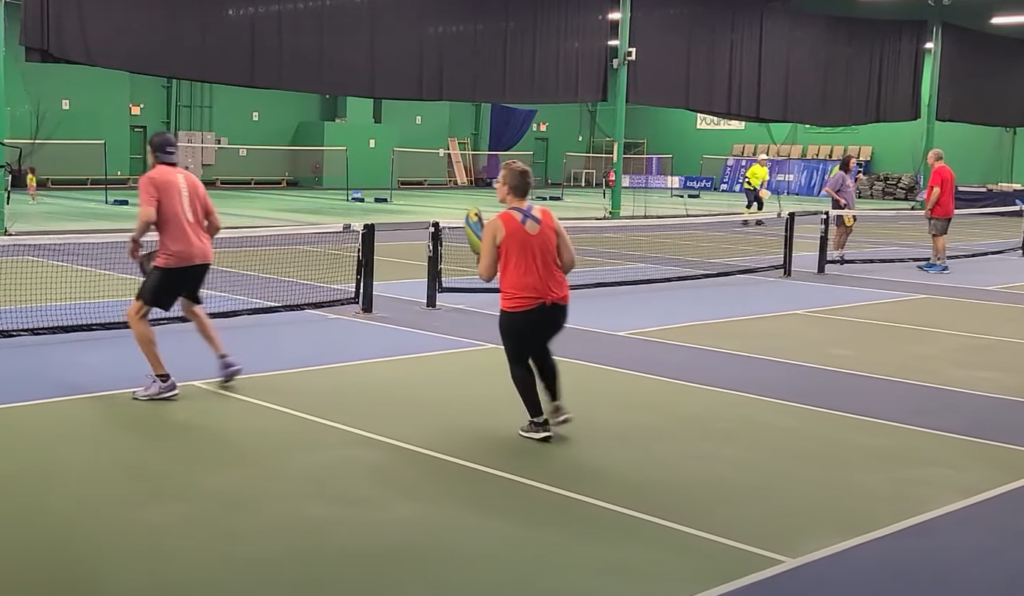
Traditionally, players in pickleball would stand next to each other, with one player at the baseline and the other player at the non-volley line. This positioning is known as the “side-by-side” or “non-stacking” formation.
While this formation allows for quick movement and easy communication between partners, it also limits court coverage and can leave certain areas of the court vulnerable to shots from opponents.
The Basics of Stacking
Stacking involves positioning yourself and your partner diagonally on the court, with one player at the non-volley line and the other player at the baseline. This formation is also referred to as “cross-court” or “stacked”.
The player at the non-volley line is responsible for covering shots that are hit close to the net, while the player at the baseline covers shots hit towards the back of the court. This positioning allows for better court coverage and can make it more challenging for opponents to hit shots that are out of reach.
Stacking on Serve
When serving, the player at the baseline is responsible for hitting the serve, while the player at the non-volley line stays back to cover any potential return shots. Once the serve has been hit, both players can then move into their designated positions on the court.
It’s important to communicate with your partner and determine which side you will be stacking on before each serve. This can prevent confusion and ensure that both players are in the correct positions on the court.
Stacking on Return of Serve
When returning serve, the player at the non-volley line takes control and is responsible for hitting any shots that are hit close to the net. The player at the baseline takes a step back and covers any shots hit towards the back of the court.
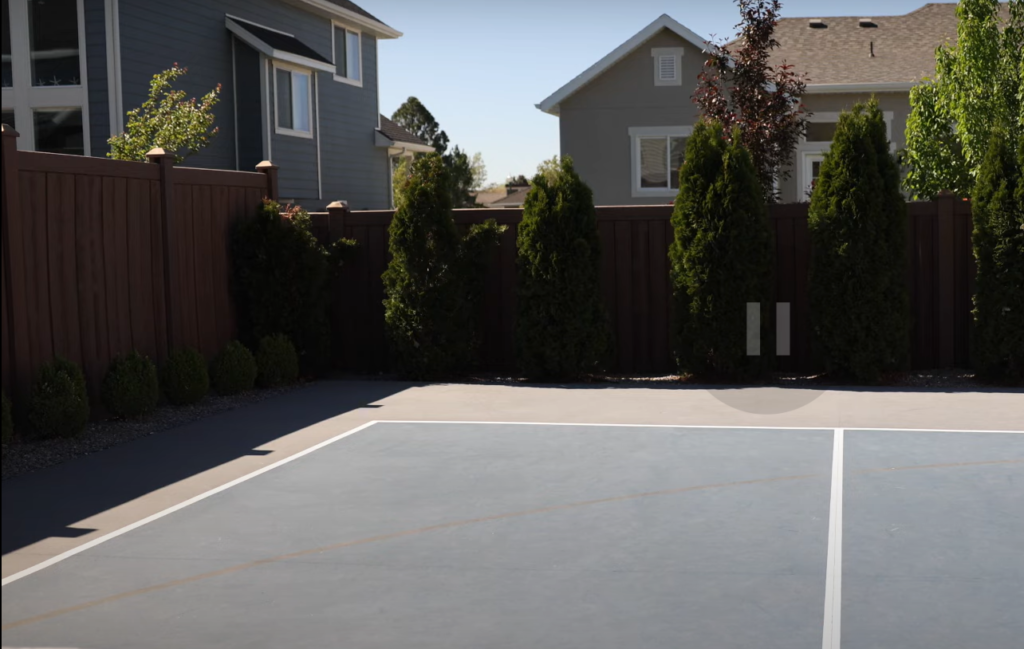
In this positioning, it’s important for the player at the non-volley line to stay low and be ready to move quickly, as they will likely be responsible for hitting shots that are closer to the net.
Stacking in Action
To see stacking in action, watch professional pickleball players during doubles matches. You will notice that they often use this technique to cover more of the court and respond effectively to their opponents’ shots.
This can help you improve your communication and coordination, ultimately making you a stronger doubles team.Advanced Stacking Techniques
Once you have mastered the basic stacked position, there are a few advanced techniques that can take your stacking game to the next level.
- “Staggered” Stacking: In this technique, one player stands slightly behind and to the side of their partner, creating a “staggered” formation. This can be beneficial for covering shots that may otherwise fall in between the two players in a traditional stacked position.
- Dynamic Stacking: This technique involves constantly adjusting and moving on the court depending on the location of your opponent’s shots. It requires strong communication and coordination with your partner, but can make it more difficult for opponents to anticipate your movements.
- Switching Sides: In some situations, it may be beneficial to switch sides with your partner during a point. This can throw off your opponents and create new angles of attack on the court.
When to Use Stacking
While stacking is a useful technique in pickleball, it may not be necessary for every game. Here are some situations where stacking can be particularly effective:
- Playing against opponents who prefer to hit shots down the middle of the court.
- When facing opponents with strong cross-court shots.
- When your team is struggling with court coverage and needs to switch things up.
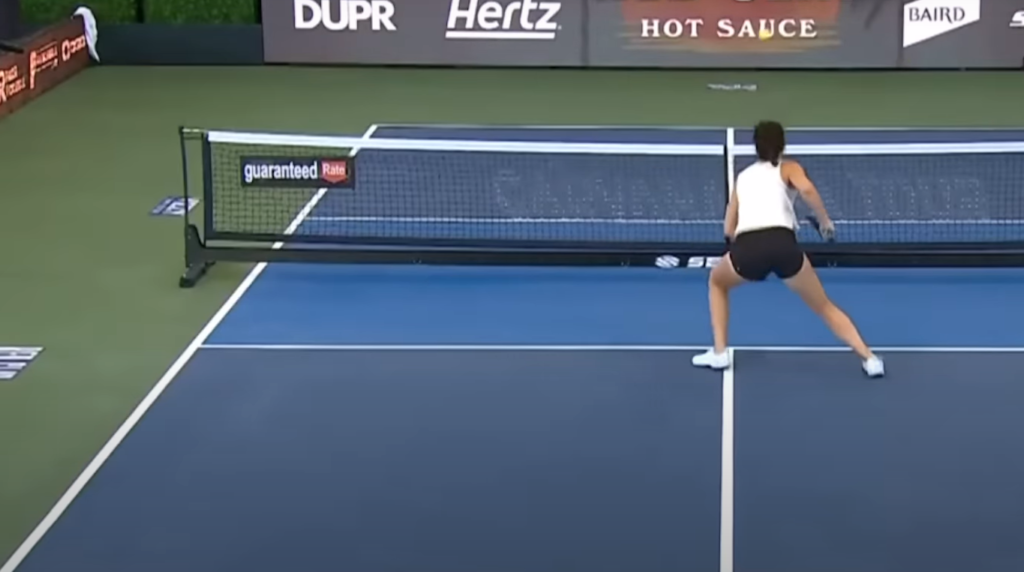
Ultimately, whether or not to use stacking will depend on your team’s strengths and the strategies of your opponents. Practice stacking with your partner to develop a strong understanding of each other’s court positioning and communication, so you can effectively use this technique as needed during games [2].
Tips for Successful Stacking in Pickleball
Pickleball is a fast-growing sport that combines elements of tennis, badminton, and table tennis. It has gained popularity due to its accessibility for players of all ages and skill levels. One of the key strategies in pickleball is stacking, which involves positioning yourself and your partner on the court in a specific way to gain an advantage over your opponents.
Here are some tips for successful stacking in pickleball
- Communicate with your partner: Communication is key in any sport, and pickleball is no exception. Before the game starts, discuss your plans for stacking with your partner. Make sure you both understand where to position yourselves on the court and how to work together effectively.
- Understand the basics of stacking: Stacking involves having one player in the front and one in the back on each side of the court. The players switch sides after every point, with the player in the front moving to the back and vice versa.
- Know your strengths: When choosing which player will be in the front or back during stacking, consider each player’s strengths. For example, if one player has a stronger overhead shot, they may be better suited for the front of the court.
- Be aware of your opponent’s weaknesses: Stacking can also be used strategically to target your opponent’s weaknesses. If you notice that one player on the other team has a weaker backhand, you and your partner can position yourselves accordingly to take advantage of this.
- Stay flexible: While it’s important to have a plan for stacking, it’s also essential to be flexible and adapt to the situation. If your opponents are consistently hitting strong shots to one side of the court, you may need to switch up your stacking strategy.
- Practice with different partners: Stacking requires coordination and teamwork between partners. To improve your skills, practice with different partners who have varying strengths and playing styles. This will also help you learn how to adjust your stacking strategy based on your partner’s abilities.
- Pay attention to the court positioning: As with any sport, court positioning is crucial in pickleball. Make sure you and your partner are always aware of where you are on the court and where your opponents are to make quick decisions during gameplay.
- Be patient: Stacking takes time and practice to perfect. Don’t get discouraged if it doesn’t work out perfectly at first. Keep practicing and communicating with your partner, and you’ll eventually find a stacking strategy that works for both of you.
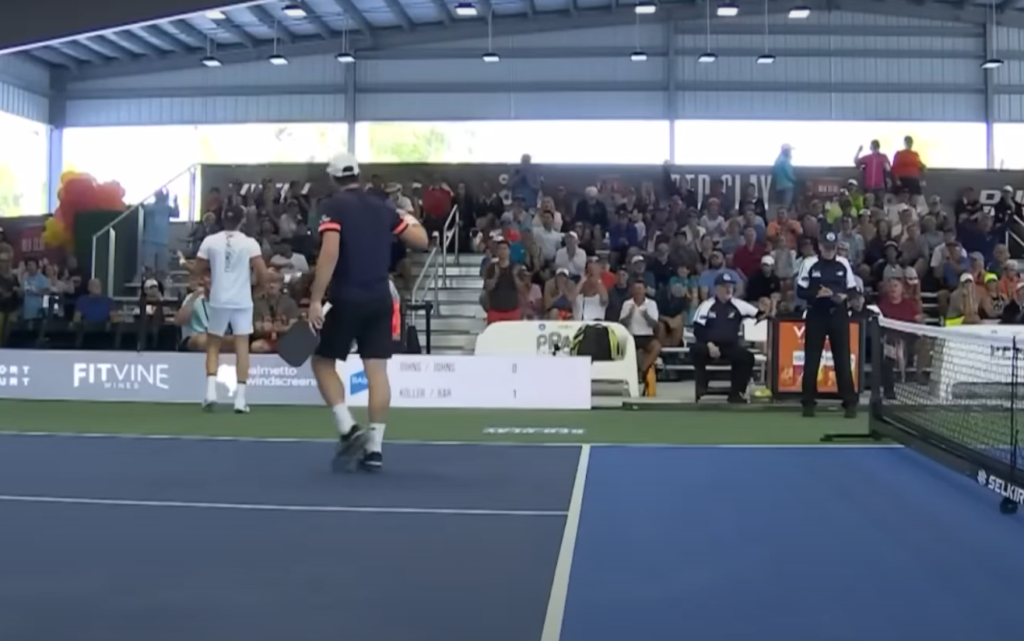
By following these tips, you can improve your stacking skills in pickleball and gain an advantage over your opponents.
With practice and patience, you’ll become a pro at stacking in no time! Keep enjoying the fast-paced and exciting game of pickleball.FAQ
How does pickleball stack work?
The pickleball scoring system is similar to that of other racket sports, such as tennis and badminton, but with a few key differences that make it unique. One of the main differences is the use of a “rally scoring” system, where points can be scored by both the serving and receiving teams. Additionally, pickleball uses a “double bounce” rule, which means that the ball must bounce once on each side of the net before players can volley it. These nuances in scoring and gameplay contribute to the fast-paced and exciting nature of pickleball. So, if you’re curious about how pickleball scoring works, here are some of the most commonly asked questions to help you better understand the game.
How many points do you play to in pickleball?
A standard game of pickleball is played to 11 points, and the winning team must win by at least two points. However, some tournaments or recreational games may choose to play to a different number of points, such as 15 or 21. It’s always important to clarify the scoring rules before starting a game.
How do you earn points in pickleball?
Points can be earned in two ways in pickleball: by winning rallies or by the other team committing faults. Rallies are won by hitting the ball past the opposing team without them returning it, or if they hit the ball out of bounds. Faults can be committed by stepping into the non-volley zone (also known as “the kitchen”) before volleying the ball, serving out of turn, or not letting the ball bounce twice on their side before hitting it.
What are pickleball stacking rules?
Pickleball stacking rules refer to the order in which players must serve and receive during a game. In doubles play, the serving team must always begin with the player on the right-hand side of the court serving first. After their initial serve, they can continue serving until they lose a rally. Once they lose a rally, their partner will take over serving, and so on. The receiving team must also alternate between players for each serve.
What are pickleball terms?
Pickleball has its own set of unique terms that may be unfamiliar to those new to the game. Here are a few commonly used terms in pickleball:
- Dink: A soft shot hit just over the net, usually used as a strategic placement shot.
- Kitchen: The non-volley zone located near the net where players are not allowed to step into before volleying the ball.
- Lob: A high, arcing shot that sends the ball over your opponent’s heads and deep into their court.
- Side-out: When the serving team loses a rally, causing them to lose their turn to serve. This can also refer to switching sides of the court during a game.
- Touch: A type of fault where players hit the ball before it bounces on their side of the court.
What are three doubles strategies you can use in a game of pickleball?
- Communication and positioning: In pickleball, communication is key, especially when playing with a partner. It’s crucial to have a clear understanding of who will be responsible for which shots and when to switch positions on the court. This can help prevent confusion and avoidable errors during gameplay.
- Utilizing the kitchen: The non-volley zone, or “the kitchen,” plays a significant role in pickleball strategy. Since players are not allowed to step into this area before volleying the ball, opponents may use this to their advantage by hitting short shots and forcing their opponents to make difficult returns.
- Mix up your shots: In addition to power and placement, variety is also essential in pickleball. Switching between soft dinks, powerful drives, and well-placed lobs can keep your opponents on their toes and make it more challenging for them to return the ball effectively.
So, don’t be afraid to mix up your shots and keep things unpredictable. With these strategies in mind, you’ll be ready to take on any game of pickleball with confidence! Keep practicing and have fun playing this exciting and dynamic sport.
Useful Video: What is Stacking? Pickleball Stacking Strategies Explained
Conclusion Paragraph
Overall, pickleball is a dynamic game that have different strategies. One of them is stacking, which is the art of having both players line up on one side of the court. Stacking opens up different opportunities and can help players with their weaknesses. Another popular strategy in pickleball is called “dinking”, which refers to hitting a ball softly over the net for better placement and control. This technique requires patience and precision, but can be extremely effective against aggressive opponents.
References:
- https://www.paddletek.com/blogs/news/stacking-learn-the-basics
- https://www.pickleheads.com/guides/what-is-stacking-in-pickleball





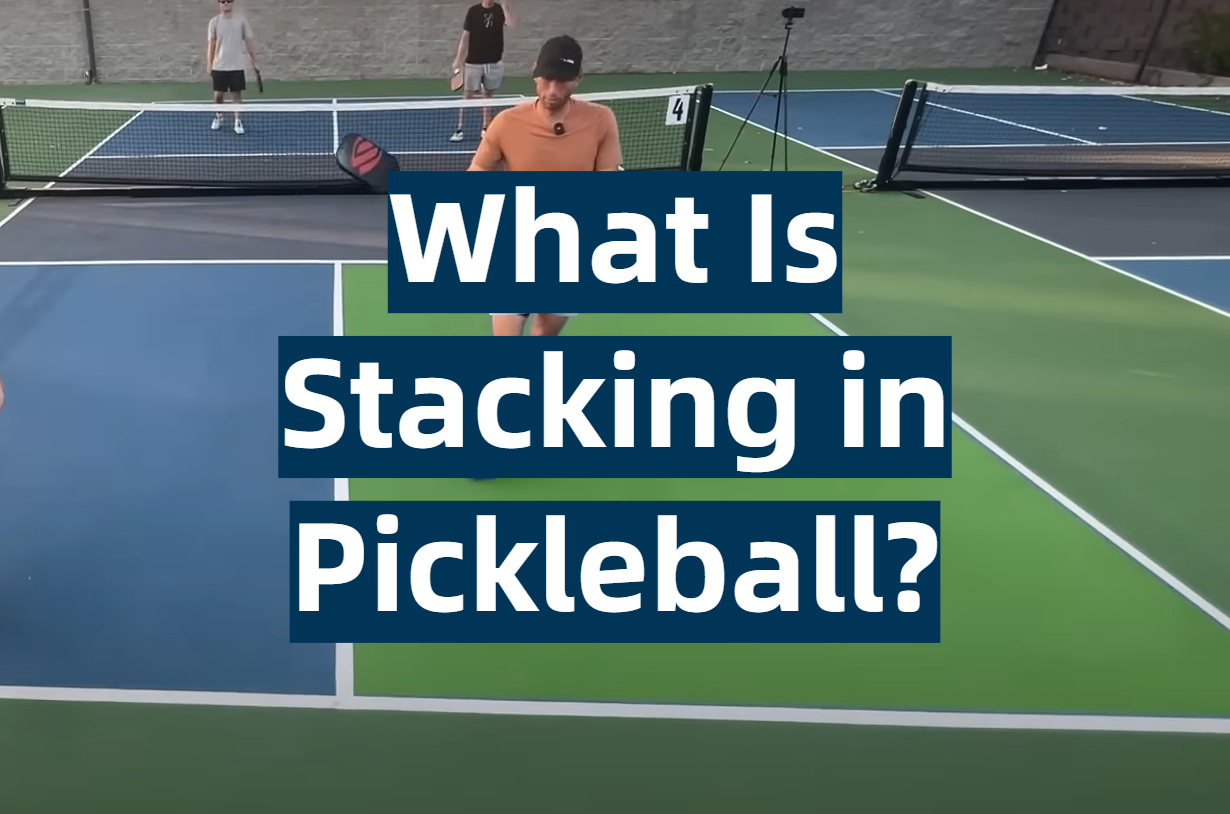
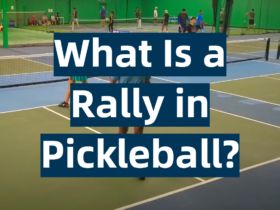
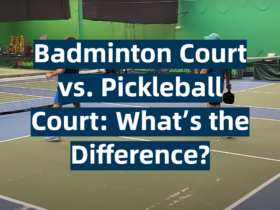
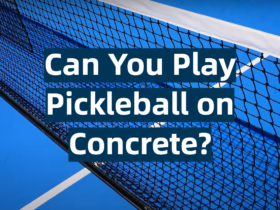
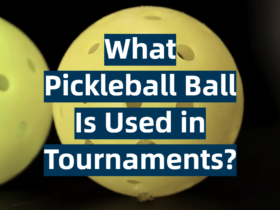
Leave a Review